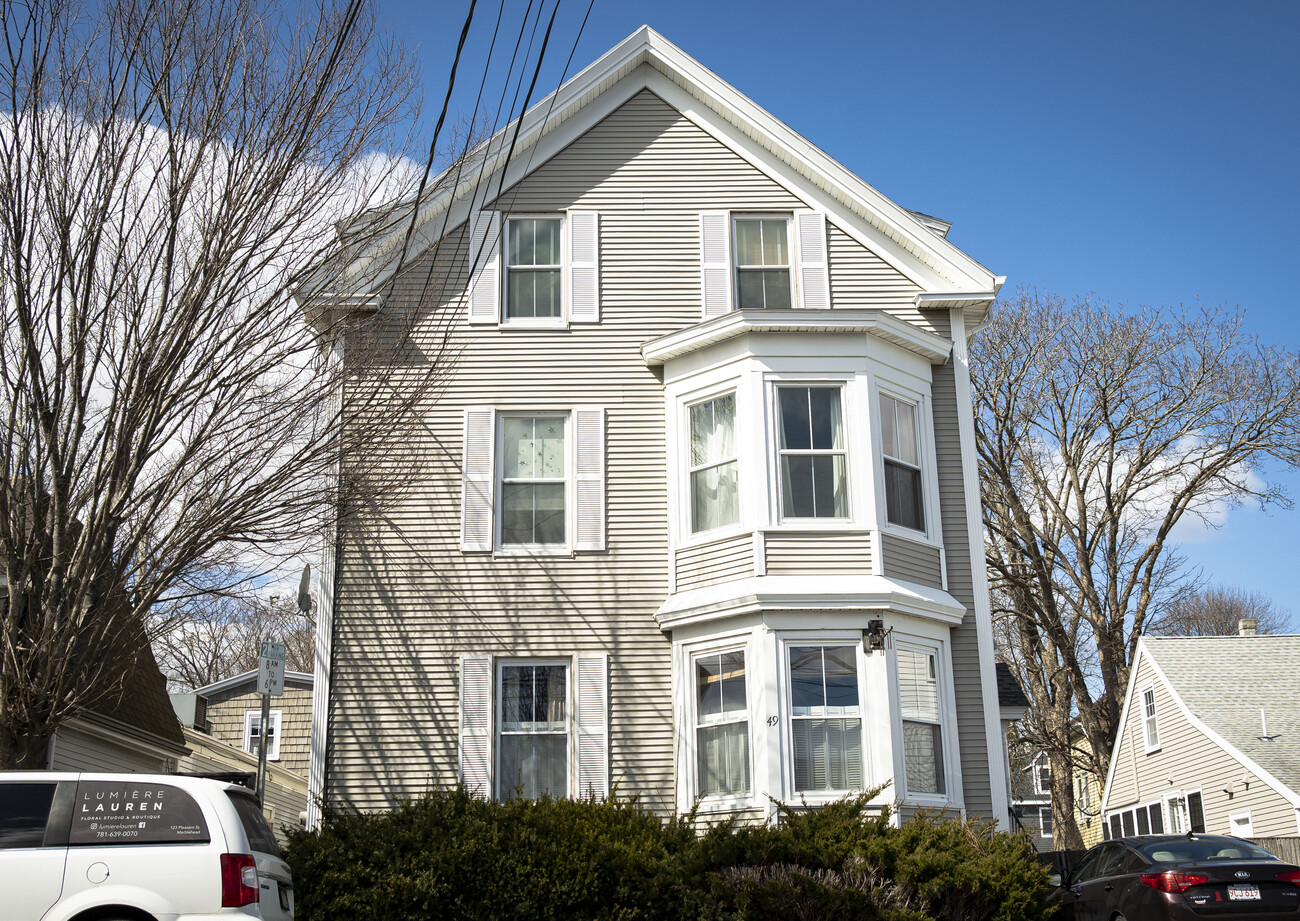If you are thinking of enclaves of Irish immigrants in Massachusetts, you may think of South Boston before you think of Marblehead.
The Stacey Tenent House is one reason why you might want to reconsider.
In 1852, shoe manufacturer Joseph R. Bassett and state legislator William Fabens planned development in the Shipyard neighborhood, according to a document from the Massachusetts Cultural Resource Information System (MACRIS).
Specifically, they “laid out a plan of 122 house lots west of Cliff Street on an undeveloped tract between Rowland’s Hill to Marblehead Harbor.”
The titular Stacey would eventually end up a resident of this new development. According to the 1860 census, Irish immigrant Thomas Stacey, a 25-year-old, lived in Marblehead. He married Eliza MacKenzie Grieve, originally from Scotland, in 1869. The MACRIS document theorizes that it was then the pair had a house built for themselves.
In the 1880 census, the Staceys – Thomas and Eliza, and their children Martha, Hannah, Mary, Margaret, Annie, Thomas, and William – are recorded as living on Commercial Street.
Thomas’ death is listed in the 1886 death registry with the cause being “from burns.”
In 1888, the MACRIS document states, “the Stacey house was moved to the rear of the Grieve property in 1888 and oriented to Atlantic Avenue.”
Atlantic Avenue was just being built at this time. The Staceys’ address became 47 Atlantic Ave.
Eliza remained in the Atlantic Avenue home until her 1903 death from “perforation of bowel,” according to her death return. By 1910, tenants began renting the building.
The story of what is now 49 Atlantic Ave. is the story of the Stacey family. But having gone through contemporary deeds, marriage records, death records, and all other types of documents, it is clear that the Staceys’ story is just one of many stories of Irish immigrants.
I cannot say it any better than John D. Clemson’s statement of significance in the MACRIS document.
“The district is rife with accounts of immigrant families taking hold in the town and their collective efforts to make a living and maintain a home.”

